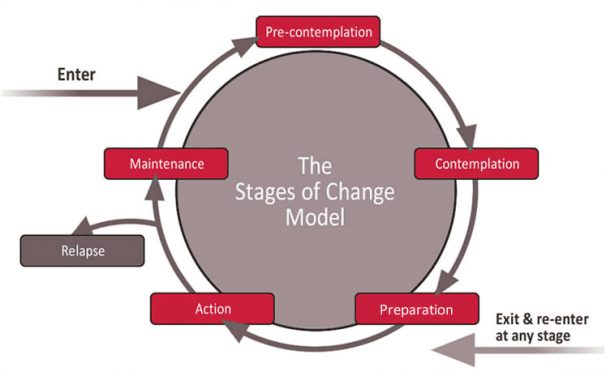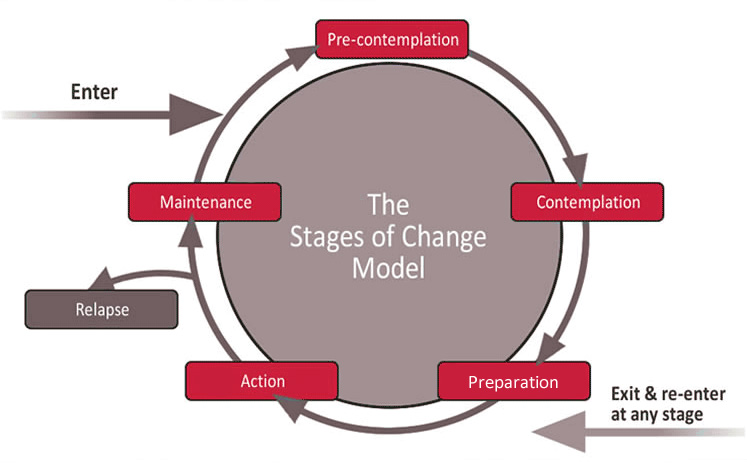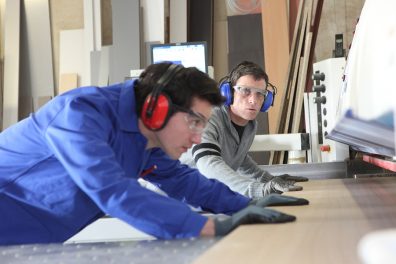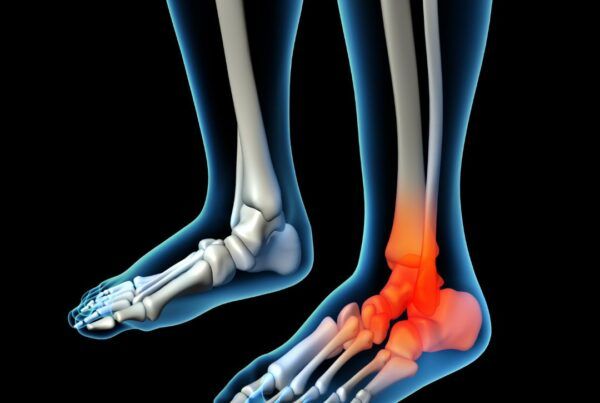Research supports the ‘Stages of Change Model’ in its approach to education in Risk Management
Research studies, specifically in the field of musculoskeletal risk management, have shown strong evidence for the long-term effectiveness of what is known as the ‘Stages of Change Model’ of providing tailored interventions.
This means tailoring the educational approach towards influencing different groups (for example management or operatives) to match the stage in their mind they are at with regards to the perceived risk. The ‘Stages of Change Model’ acknowledges the importance of addressing staff attitudes in order to achieve behaviour change, and assumes that any behaviour change involves movement through distinct stages:

‘Pre-contemplation’ stage
Individuals in the ‘Pre-contemplation’ stage do not intend to take action to modify their behaviour in the foreseeable future (i.e. the next 6 months).

These individuals are unconcerned about any work-related risks they may face, and are not considering taking action to reduce those risks. They are likely to resist attempts to modify problem behaviour, and are unlikely to recognise it as a problem.
Being uninformed or under informed about the consequences of one’s behaviour may cause a person to be in the Pre-contemplation stage. These individuals are unlikely to benefit from a manual handling training programme that simply tells them how to perform a task correctly. They require education and often have to be ‘un-taught’ ingrained bad habits and ideas. In the pre-contemplation stage individuals are more influenced by graphic information about the health risks.
The aim is just to get the person thinking about the tasks that they do, and how those tasks may have an element of risk associated with them. The goal is to get the individual to recognise areas of risk within their role.
 ‘Contemplation’ stage
‘Contemplation’ stage
Individuals in the ‘Contemplation’ stage do intend to change their behaviour in the next six months, however they are also ambivalent to the problems, and can remain in the Contemplation stage for a very long time, or even fall back to the Pre-Contemplation stage if not properly nurtured.
These individuals are more aware of their working situation in relation to risk and their musculoskeletal health. They are aware of the benefits of changing or improving their behaviour, but are also acutely aware, or swayed by, the difficulties of doing so.
Individuals in the Contemplation stage are still not ready for traditional training programmes that demonstrate good practice and then expect participants to adapt immediately.
The aim is to convince the person of the benefits of change, and demonstrate to them how the ‘positives’ outweigh the ‘negatives’. The goal is to get them ready to act.
‘Preparation’ stage
Individuals in the ‘Preparation’ stage do intend to act in the next 30 days, and have made specific plans to do so. They believe that they can, and should, change their behaviour.
In the preparation stage, individuals are likely to be receptive to skills training and practical advice.
These aim is to ensure that these individuals receive proper training and guidance. Colleagues, as well as trainers, can offer valuable support and advice at this stage. The goal is to ensure that they progress to the Action stage, and that when they do so, they are using best-practice manual handling techniques.
‘Action’ stage
Individuals in the ‘Action’ stage are taking action to change their behaviour, and have been engaging in good manual
handling practice a reasonable period of time, for example, not more than 6 months.
In the Action stage it is important that individuals can build on their strengths and work to eradicate their weaknesses. Individuals are likely to be receptive to skills training and practical advice at this stage, and will benefit from help and advice from colleagues, trainers and managers.
The goal is for the individual to be proficient in safe manual handling techniques and risk management strategies.
‘Maintenance’ stage
Individuals in the ‘Maintenance’ stage are those that initiated action/changes more than 6 months ago, and are working to consolidate gains made and avoid relapse. The Maintenance stage is ongoing, providing that the individual does not relapse to a previous stage.
Individuals in this stage will likely benefit from periodical refresher training to ensure that they maintain their skills, and do not relapse to poor technique. People in the Maintenance stage are likely to be positive role models to other members of staff who are perhaps at an earlier stage.
In this blog series, our expert trainers share their experience and show you how to make your manual handling courses more engaging.
[xyz-ihs snippet=”Newsletter-Subscribe-Medium”]Articles within this series will be published bi-monthly from January 2015. Subscribe to our email newsletter to stay informed.
- Introduction (Advice for Manual Handling trainers – How to make your courses more engaging).
- Tailor your course to fit your audience.
- Apply the ‘Stages of Change’ model to your training. (this page)
- Make your course material engaging & mix up your training methods.
- Personalise your training with anecdotes and case studies.
- Explain the ‘why’ behind the ‘how’.
- Make ‘practical’ a key component of your training.
- Follow up your training with feedback and course evaluation.
References:
- A staged approach to reducing musculoskeletal disorders (MSDs) in the workplace. Prepared by Loughborough University for the Health and Safety Executive 2005.
- A staged approach to reducing musculoskeletal disorders (MSDs) in the workplace – A long term follow-up. Prepared by Loughborough University for the Health and Safety Executive 2007.









